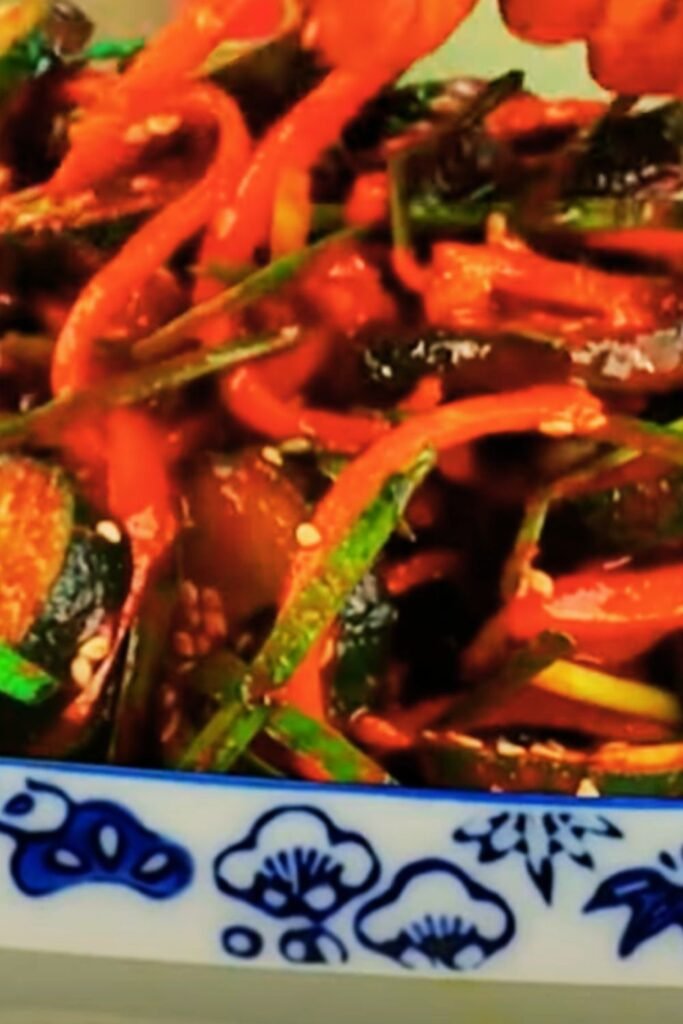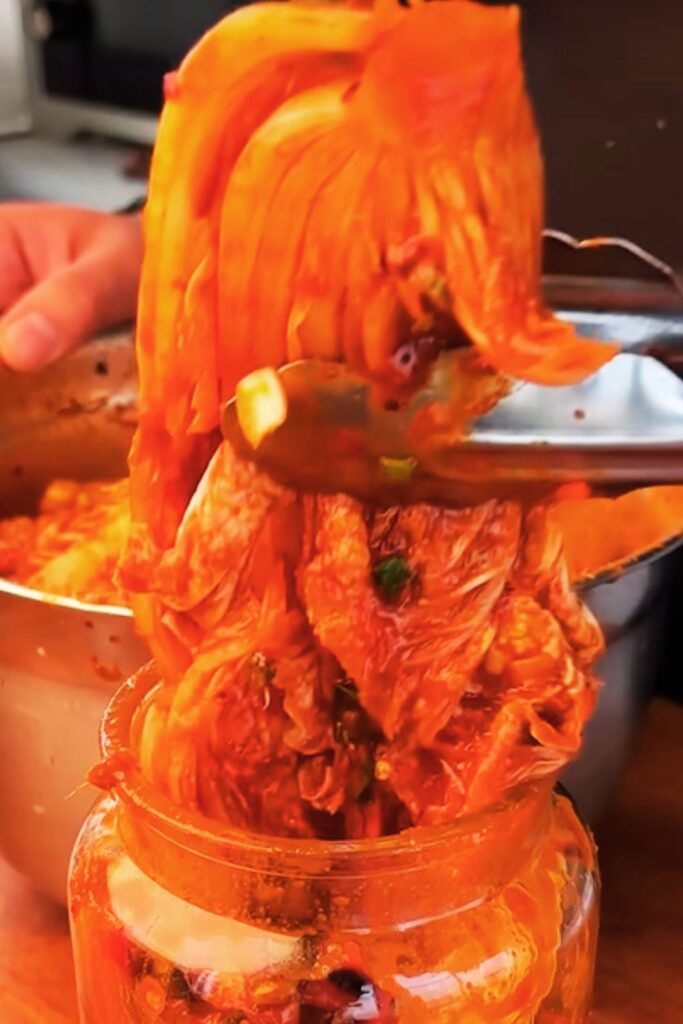I’ve been perfecting my meatloaf recipe for over a decade, and let me tell you, there’s nothing quite like the satisfaction of slicing into a perfectly cooked, flavorful meatloaf that goes beyond the ordinary. While traditional meatloaf holds a special place in comfort food history, my chef-inspired version elevates this humble dish into something truly spectacular.
Meatloaf has been a staple in American kitchens since the 1870s, but my approach incorporates techniques and ingredients that transform this classic into a gourmet experience. Through years of experimentation and professional cooking experience, I’ve discovered that the secret lies not just in quality ingredients, but in understanding the science behind perfect texture, moisture retention, and flavor development.
Understanding the Foundation: Key Ingredients and Their Roles
Before diving into my enhanced recipe, it’s crucial to understand what makes meatloaf work. Each ingredient serves a specific purpose, and knowing these roles helps you create consistently excellent results.
Ground Meat Blend : I use a combination of 80/20 ground chuck, ground pork, and ground veal in a 2:1:1 ratio. This trio creates the perfect balance of flavor, fat content, and texture. The chuck provides robust beef flavor, pork adds moisture and richness, while veal contributes tenderness.
Binding Agents : Fresh breadcrumbs made from day-old bread work better than store-bought versions. I combine these with eggs and a touch of cream to create a mixture that holds everything together without making the loaf dense.
Aromatics Foundation : Finely diced onions, carrots, and celery create the classic mirepoix base. I sauté these until translucent to concentrate their flavors and remove excess moisture that could make the meatloaf soggy.
Umami Enhancers : This is where my chef’s twist comes in. I incorporate finely minced mushrooms, a tablespoon of tomato paste, and a splash of Worcestershire sauce to add depth and complexity that typical recipes lack.
My Signature Meatloaf Recipe
Ingredients for the Meatloaf
| Ingredient | Amount | Purpose |
|---|---|---|
| Ground chuck (80/20) | 1 lb | Primary meat, flavor base |
| Ground pork | 8 oz | Moisture and richness |
| Ground veal | 8 oz | Tenderness |
| Fresh breadcrumbs | 1 cup | Binding and texture |
| Large eggs | 2 | Binding agent |
| Heavy cream | 1/4 cup | Moisture enhancement |
| Yellow onion, diced | 1 medium | Flavor foundation |
| Carrots, finely diced | 2 medium | Sweetness and moisture |
| Celery, finely diced | 2 stalks | Aromatic base |
| Button mushrooms, minced | 4 oz | Umami depth |
| Tomato paste | 2 tbsp | Concentrated flavor |
| Worcestershire sauce | 2 tbsp | Savory complexity |
| Fresh thyme | 1 tbsp | Herbal notes |
| Fresh parsley | 1/4 cup | Freshness |
| Kosher salt | 2 tsp | Seasoning |
| Black pepper | 1 tsp | Spice |
| Garlic powder | 1 tsp | Aromatic enhancement |
Ingredients for the Glaze
| Ingredient | Amount | Flavor Profile |
|---|---|---|
| Ketchup | 1/2 cup | Sweet-tangy base |
| Brown sugar | 2 tbsp | Caramelization |
| Apple cider vinegar | 1 tbsp | Acidity balance |
| Dijon mustard | 1 tsp | Sharp complexity |
| Smoked paprika | 1/2 tsp | Smoky depth |

Step-by-Step Preparation Method
Preparation Phase
I always start by preheating my oven to 375°F and lining a rimmed baking sheet with parchment paper. This temperature ensures even cooking without drying out the exterior before the center reaches the proper temperature.
First, I create fresh breadcrumbs by pulsing day-old bread in my food processor until I achieve coarse, irregular pieces. These irregular shapes hold moisture better than uniform store-bought crumbs.
Vegetable Preparation
In a large skillet over medium heat, I sauté the diced onions, carrots, and celery with a pinch of salt until they become translucent and fragrant, approximately 6-8 minutes. The salt helps draw out moisture, concentrating the flavors.
Next, I add the minced mushrooms and cook until their moisture evaporates, about 4-5 minutes. This step is crucial because excess moisture will make your meatloaf soggy. Finally, I stir in the tomato paste and cook for another minute to eliminate its raw flavor.
Meat Mixture Assembly
In a large mixing bowl, I combine the breadcrumbs with cream and beaten eggs, allowing them to soak for 2-3 minutes. This creates what chefs call a “panade,” which ensures even moisture distribution throughout the meatloaf.
I add the cooled vegetable mixture, Worcestershire sauce, fresh herbs, and all seasonings to the breadcrumb mixture. Using my hands (the most effective tool for this job), I gently combine all ingredients before adding the ground meats.
The key here is gentle handling. I mix just until everything is evenly distributed, avoiding overworking the meat which would result in a dense, tough texture.
Shaping and Glazing
Rather than using a loaf pan, I shape the mixture into a free-form loaf on my prepared baking sheet. This method allows heat to circulate around the entire meatloaf, creating a better crust and preventing the bottom from becoming soggy.
I shape the mixture into an oval approximately 9 inches long, 5 inches wide, and 3 inches high. The rounded shape promotes even cooking and attractive presentation.
For the glaze, I whisk together all glaze ingredients until smooth. I brush half of this mixture over the shaped meatloaf, reserving the remainder for later application.

Cooking Technique and Temperature Control
I bake the meatloaf for 45 minutes, then brush with the remaining glaze and continue cooking for another 15-20 minutes. The internal temperature should reach 160°F when measured with an instant-read thermometer inserted into the center.
This two-stage glazing technique ensures the surface doesn’t burn while developing a beautiful, caramelized exterior. The initial glaze sets during the first cooking phase, while the second application creates that glossy, appetizing finish.
Resting Period
Once cooked, I let the meatloaf rest for 10-15 minutes before slicing. This resting period allows the juices to redistribute throughout the meat, preventing them from running out when cut.
Nutritional Information and Portion Guidelines
| Nutrient | Per Serving (1/8 of loaf) | Daily Value % |
|---|---|---|
| Calories | 285 | 14% |
| Total Fat | 16g | 25% |
| Saturated Fat | 6g | 30% |
| Cholesterol | 95mg | 32% |
| Sodium | 520mg | 23% |
| Total Carbs | 12g | 4% |
| Protein | 24g | 48% |
| Iron | 3mg | 17% |
| Vitamin A | 2800 IU | 56% |
This recipe yields 8 generous servings, making it perfect for family dinners with planned leftovers. The nutritional profile provides substantial protein while incorporating vegetables that add both flavor and essential nutrients.
Serving Suggestions and Accompaniments
I prefer serving my meatloaf with classic comfort food sides that complement rather than compete with its rich flavors. Creamy mashed potatoes create a perfect textural contrast, while their mild flavor allows the meatloaf’s complexity to shine.
Roasted root vegetables like parsnips, carrots, and Brussels sprouts add color and nutritional balance to the plate. I toss them with olive oil, salt, and herbs, then roast alongside the meatloaf during the last 30 minutes of cooking.
For a lighter option, I sometimes serve it with a simple mixed green salad dressed with a tangy vinaigrette. The acidity cuts through the richness beautifully.
Green beans almondine, glazed carrots, or roasted asparagus also make excellent accompaniments, providing both color and nutritional variety to the meal.

Storage and Leftover Innovation
Properly stored meatloaf remains delicious for up to four days in the refrigerator. I wrap individual slices in plastic wrap or store them in airtight containers to prevent drying out.
Leftover meatloaf transforms beautifully into other dishes. I love making meatloaf sandwiches with thick slices on crusty bread, topped with lettuce, tomato, and a smear of mayonnaise or mustard.
Crumbled leftover meatloaf works wonderfully in pasta sauce, providing a hearty, meaty element to simple marinara. I’ve also diced it into hash browns for a protein-rich breakfast option.
For longer storage, individual slices freeze well for up to three months. I wrap them tightly in plastic wrap, then aluminum foil, and label with the date. Thaw overnight in the refrigerator before reheating.
Troubleshooting Common Issues
Dense, Heavy Texture : This usually results from overmixing the meat or using too many binding agents. Mix gently and just until combined.
Dry Meatloaf : Insufficient fat content or overcooking causes dryness. Ensure your meat blend includes adequate fat, and don’t exceed 160°F internal temperature.
Cracked Surface : Cooking at too high a temperature or not allowing proper resting time can cause cracking. Maintain 375°F and let rest before slicing.
Soggy Bottom : Using a loaf pan or not properly cooking the vegetables can create excess moisture. Free-form shaping and pre-cooking vegetables solve this issue.
Advanced Variations and Flavor Profiles
Once you’ve mastered the basic technique, countless variations become possible. I sometimes add sun-dried tomatoes and fresh basil for an Italian-inspired version, or incorporate chipotle peppers and cumin for a southwestern twist.
A Mediterranean variation includes crumbled feta cheese, chopped olives, and oregano. For an Asian-inspired version, I use ginger, soy sauce, and sesame oil, finishing with a glaze made from hoisin sauce and rice vinegar.
The key to successful variations lies in understanding how different ingredients affect moisture content and cooking time. Wet ingredients require compensation with additional binding agents, while strongly flavored additions should be used judiciously to avoid overwhelming the dish.
Questions and Answers
Q: Can I make this meatloaf ahead of time? Yes, you can prepare the meatloaf mixture up to one day in advance. Shape it, cover tightly with plastic wrap, and refrigerate. Remove it 30 minutes before baking to bring it closer to room temperature, which ensures even cooking.
Q: What’s the best way to ensure my meatloaf doesn’t fall apart when slicing? The key is proper binding and resting time. Make sure your breadcrumb-egg mixture is well-hydrated, don’t overmix the meat, and always let the cooked meatloaf rest for 10-15 minutes before slicing. Using a sharp knife also helps create clean cuts.
Q: Can I substitute the ground veal with something else? Absolutely. Ground turkey or additional ground pork work well as substitutes. If using ground turkey, add an extra tablespoon of olive oil to compensate for its lower fat content.
Q: How do I know when my meatloaf is perfectly cooked? Use an instant-read thermometer inserted into the center of the loaf. It should read 160°F. The exterior should be nicely browned and the glaze should be caramelized but not burnt.
Q: Can I freeze the uncooked meatloaf mixture? Yes, you can freeze the shaped, uncooked meatloaf for up to three months. Wrap it tightly in plastic wrap and aluminum foil. Thaw completely in the refrigerator before baking, which may take 24-48 hours depending on size.
Q: What should I do if my meatloaf is browning too quickly? If the surface is browning too fast, tent it loosely with aluminum foil. This allows the interior to continue cooking while preventing the exterior from burning.
Q: How can I make my meatloaf more flavorful? The key is building layers of flavor. Sauté your vegetables properly, use a variety of seasonings, and don’t skip the umami enhancers like mushrooms and Worcestershire sauce. Also, make sure to season the mixture adequately with salt, as this enhances all other flavors.
Q: Is it necessary to use three different types of ground meat? While the combination creates the best texture and flavor, you can use just ground chuck if preferred. However, the result will be slightly less tender and rich than the three-meat blend.
My approach to meatloaf represents years of refinement and professional technique applied to a beloved home cooking classic. By understanding the science behind each ingredient and technique, you’ll create a meatloaf that’s consistently moist, flavorful, and impressive enough to serve to guests while remaining comforting enough for family dinners. The beauty of this recipe lies in its versatility and the way it transforms simple ingredients into something truly special through careful technique and attention to detail.